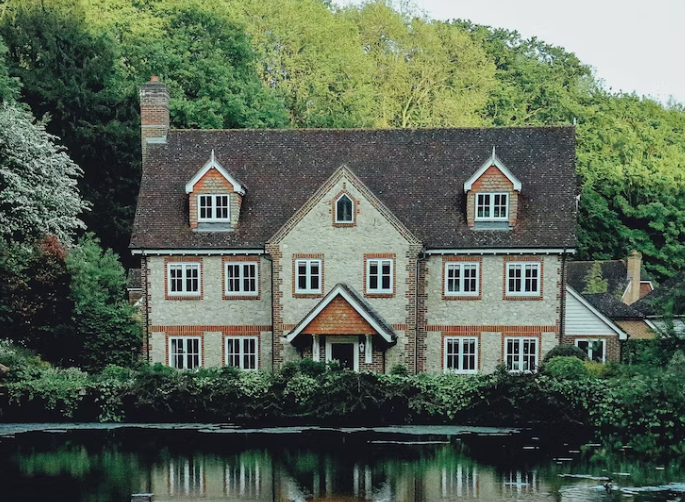
As the weather cools down, you’ll rely more on your chimney to heat your home. Before lighting the first fall fire, inspecting your chimney to ensure it’s safe and functioning properly is important. Watch for these signs that your chimney needs repairs this season that should be on your home inspection checklist.
Crumbled Mortar
Mortar between chimney bricks can weaken and deteriorate over time. Poking at the mortar with a screwdriver reveals any spots that are crumbly or cracked – a clue that moisture and gases are escaping. Loose mortar requires repointing to seal up the chimney and prevent further damage. Ignoring it risks destabilizing the entire brick structure. Check these issues with your home inspection checklist each year.
Rust Stains
Rust colored streaks on the exterior bricks signal water infiltration. The rust comes from deteriorating metal inside the chimney. Water seepage can cause extensive internal damage if left untreated. Staining indicates metal, like the damper or flue, needs replacing. Chimney repointing is also needed to block water entry.
Draftiness
Feeling unexpected cold air or drafts from the fireplace can hint at chimney trouble. Drafts result from loose mortar, cracked bricks, damaged dampers, or general disrepair that makes the chimney drafty. A chimney sweep can identify the source of the drafts and suggest repairs like replacing flue tiles or installing a chimney cap.
Smoke Backdrafts
Smoking up the house when you light a fire indicates blockages or obstructions within the flue or damper. Creosote buildup, collapsed flue tiles, bird nests, or other debris can impede proper ventilation. Backdrafts are a combustion hazard and put you at risk of carbon monoxide poisoning. Schedule a chimney sweep immediately to clear any obstructions.
Leaning Chimney
A leaning or detached chimney poses serious safety issues from the risk of falling. The compromised structural integrity and shifting can result from foundation problems, damaged bricks and mortar, or age and decay. A visibly leaning chimney needs immediate repairs to stabilize or replace it before using.
Chimney Caps Missing
Chimney caps keep out animals, debris, and moisture. If your chimney lacks a proper cap, you’ll need this protective finish installed. A new cap prevents blockages, animal nesting, and water damage during fall and winter weather.
Contact Cummins Restoration Today
By catching chimney issues now, you can repair any problems before lighting your first fall fire. Don’t mess with chimney difficulties yourself – consult a professional chimney sweep and mason for needed repairs. Schedule a maintenance cleaning while they’re inspecting for optimal safety. With a little preventative care, you can enjoy cozy fires all season long in a happy home. Call Cummins Restoration today for all your chimney repair needs.





